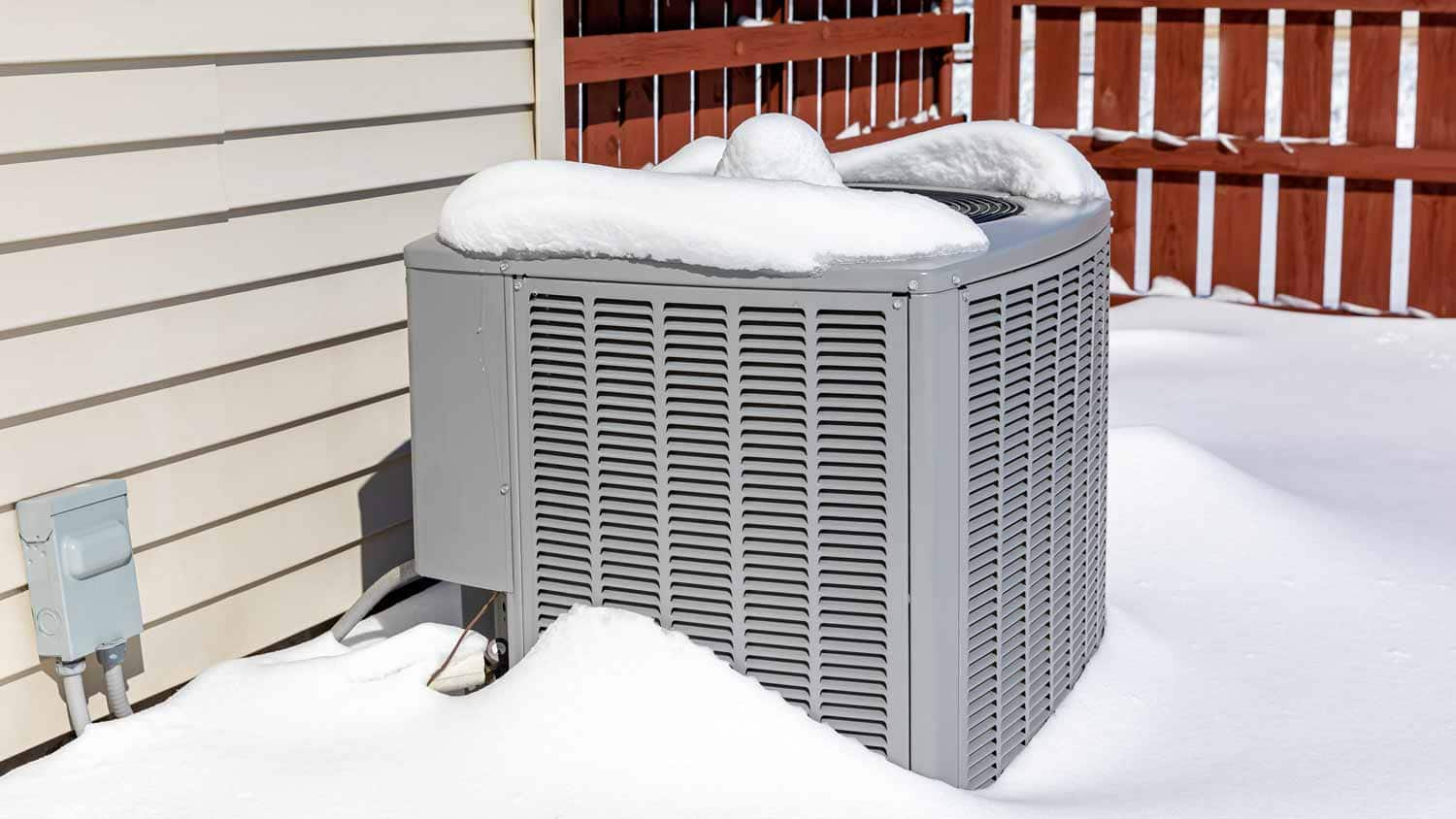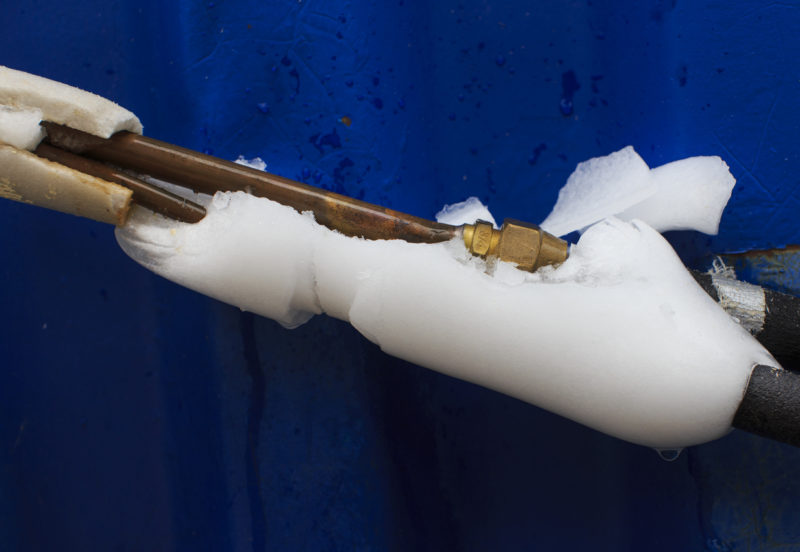Ways to Thaw Out a Frozen AC Pipe: Expert Tips
Ways to Thaw Out a Frozen AC Pipe: Expert Tips
Blog Article
Do you find yourself hunting for facts on What Causes AC Pipes To Freeze??

Introduction
Finding that your air conditioning pipeline is iced up can be concerning, especially throughout warm summer months when you depend on your air conditioner the most. Recognizing what to do in such a scenario is critical to prevent more damage to your air conditioning system and guarantee your comfort inside your home.
Understanding the Causes
Numerous elements can add to the cold of an a/c pipe. Recognizing these causes can aid you address the concern effectively.
Absence of Airflow
One typical root cause of a frozen air conditioner pipe is inadequate airflow. When the airflow over the evaporator coil is restricted, it can cause the coil to drop below freezing temperature level, causing ice development on the pipeline.
Reduced Refrigerant Levels
Insufficient cooling agent levels in your air conditioning system can also lead to an icy pipe. Reduced refrigerant levels can create the stress in the system to drop, leading to the freezing of wetness on the evaporator coil.
Cold Weather Conditions
In cooler climates, freezing temperature levels outside can add to the cold of AC pipelines. If your air conditioning unit is not correctly shielded or if there are leaks in the ductwork, cool air can penetrate the system, creating the pipeline to freeze.
Dirty Air Filters
Unclean or clogged up air filters can restrict air flow in your a/c system, leading to different problems, consisting of a frozen pipe. It's necessary to replace or clean your air filters routinely to ensure proper air flow and protect against ice accumulation.
Indicators of a Frozen Air Conditioning Pipe
Identifying the indications of a frozen AC pipe is vital for timely activity.
Decreased Airflow
If you see a considerable reduction in air movement from your vents, it can show a frozen pipeline.
Ice Buildup on the Pipe
Noticeable ice accumulation on the refrigerant line or the evaporator coil is a clear indication of an icy AC pipeline.
Weird Sounds from the Unit
Uncommon audios, such as hissing or gurgling, originating from your air conditioner system can indicate that there's ice existing on the pipeline.
Immediate Actions to Take
When faced with an icy air conditioner pipe, it's important to act rapidly to avoid additional damages to your air conditioning system.
Turning off the AC
The primary step is to switch off your ac system to prevent the system from running and intensifying the issue.
Checking for Blockages
Evaluate the location around the indoor device for any type of blockages that might be blocking air movement, such as furniture or curtains.
Defrosting the Pipe
You can use gentle approaches like positioning towels soaked in warm water around the icy pipe to assist thaw it slowly.
Safety nets
Taking preventive measures can aid avoid future incidents of an icy AC pipe.
When DIY Methods Fail
If your attempts to thaw the pipe or address various other concerns are unsuccessful, it's time to hire a professional.
Importance of Hiring a Professional HVAC Technician
A licensed HVAC technician has the experience and devices needed to detect and fix problems with your air conditioner system securely and efficiently.
Regular Maintenance Checks
Schedule normal upkeep talk to an expert HVAC specialist to make sure that your AC system is running efficiently.
Changing Air Filters
Routinely replace or clean your air filters to prevent air flow restrictions and keep ideal performance.
Protecting Exposed Pipes
If your air conditioning pipelines are revealed to chilly temperatures, consider insulating them to stop freezing throughout winter season.
Looking For Professional Help
If DIY approaches stop working to solve the problem or if you're unsure about how to continue, it's finest to seek aid from a certified HVAC specialist.
Conclusion
Taking care of a frozen air conditioner pipeline can be an aggravating experience, but understanding exactly how to react can help lessen damages and restore comfort to your home. By understanding the causes, acknowledging the indications, and taking punctual action, you can properly deal with the problem and prevent future incidents.
What to Do If Your AC Line Is Frozen
Make Sure All Supply and Return Air Vents Are Open
If you notice problems with airflow, the first thing you should do is check your supply and return vents. Supply vents distribute clean, conditioned air throughout your home. As this air becomes stale, it’s pulled into the return vent, where it’s reconditioned before being sent back out through the supply vent.
When these vents are closed, air won’t flow in the home. Before examining your AC, check the vents in every room and ensure they’re all open.
Check for a Dirty Air Filter
Another possible cause of limited airflow is a dirty air filter. Your air conditioner’s filters catch elements you don’t want to breathe in, such as dirt and dust. Over time, filters can become clogged, ultimately blocking air from flowing in and out. The lack of airflow can then cause the entire coil to freeze and will completely restrict any air from moving through it. The AC may need to be powered off for one to two days to allow the coil to thaw after replacing the filter to allow proper functioning of the unit. This debris can also accumulate on your AC’s evaporator coil, requiring a more serious repair. In general, air filters should be cleaned regularly (about every two weeks).
Assess Your Outdoor Unit
In addition to checking your AC, assessing the outdoor unit is a good idea. Also known as the condensing unit, it works with your interior unit to release heat outside. An issue with the outdoor unit can result in rising internal temperatures.
Overgrown Shrubs or Clogged Leaves
From leaves and twigs to shrubs and debris, there’s no shortage of outdoor elements that can accumulate around your condensing unit. When these elements get lodged inside the unit, they can block airflow. Fortunately, removing the blockage can solve the problem.
Sounds of a Broken Fan
Shrubs and leaves aren’t the only things that can impede your outdoor unit’s airflow. If the fan is broken, the unit won’t be able to properly get rid of heat — which means the internal temperature won’t go down. First, make sure the fan is spinning. If it is, check for the following sounds of a broken fan:
Buzzing Rattling Screeching Hissing Clicking Preventative Measures
Nobody wants to deal with a frozen AC line. In addition to causing problems with your air conditioner, they require professional repairs. On the bright side, there are preventative measures you can take to help ensure this issue doesn’t arise in the first place.
https://www.coopergreenteam.com/blog/what-to-do-if-ac-line-frozen

We hope you liked our topic about What Causes AC Pipes To Freeze?. Thanks for finding the time to read our blog. Loved our piece? Please share it. Help somebody else check it out. Many thanks for taking the time to read it.
Visit The Following Page Report this page